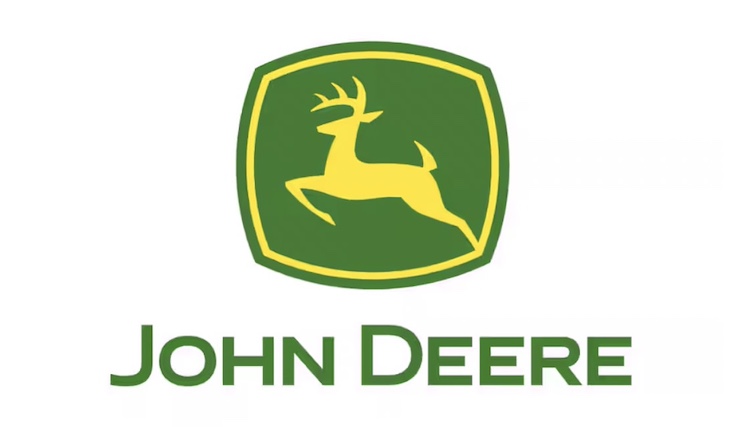
In 1836, a 32-year-old trained blacksmith named John Deere moved to Grand Detour, IL, to avoid bankruptcy, where he set up a 1,378-square-foot shop. In his shop, John worked as a general repairman and made handheld farming tools for the village. Shortly after setting up his shop, John had the notion to turn a Scottish steel saw blade into a plow that would allow soil to easily slide off it. His creation became so popular that John eventually expanded his shop, manufacturing capabilities, and innovative agricultural concepts. Today, John Deere is considered the most iconic American agricultural brand.
What has kept John Deere so relevant is the brand’s commitment to embracing the latest in agricultural technology. From introducing the first commercially successful self-scouring steel plow to bringing mechanized farming to the masses with tractors and combines, to pioneering the use of modern precision agriculture, John Deere has made an everlasting impact on how farms operate. As unmanned technology like aerial and terrestrial drones became available, John Deere was once again at the forefront of technology with the introduction of advanced herbicide applicators and fully autonomous tractors.
Recently, John Deere has taken another step in advancing agri technology, specifically with how they implement drones, with the acquisition of Sentera. Founded in 2014 by Eric Taipale and based out of Minneapolis, MN, Sentera designs and produces advanced drone-mounted multispectral and high-resolution imaging sensors, which are combined with their proprietary FieldAgent software platform. FieldAgent turns drone-collected imagery and other agronomic data into actionable insights for farmers and agronomists. It acts as the digital backbone of Sentera’s sensor and drone ecosystem, enabling real-time scouting, analysis, and decision support throughout the growing season.
When drones were first applied to the agricultural industry, they were mainly used to apply chemicals efficiently. This is still one of the primary ways drones are being used by agri experts, but the technology has advanced greatly. Drones are now used to collect broad swaths of data across all industry applications. As the demands of the agricultural industry continue to rise, this data collection is more important than ever. Farmers need to know the precise health, water levels, and growth patterns of huge crops to ensure successful yields.
While drone systems have been excellent at collecting the necessary data for farmers, processing this data is not always as easy. This, Joseph Liefer, global technology marketing lead at John Deere, explains, is where Sentera’s platform comes into play. “Our precision agriculture solutions today can collect a lot of data, and we are continuing to advance their ability to provide a more complete picture of the growing cycle, yield, and farmers’ profitability at the end of the season,” he says. “The awesome thing about adding Sentera’s aerial imaging systems is that we can start to fill in those missing pieces and get a more complete data picture. We can learn more about plant health, biomass, and other factors, and then the farmer, the ag retailer, the agronomist, and others can better understand the entire growing cycle and make better decisions on what actions to take.”
John Deere has been working with Sentera since 2016, when the two companies collaborated to enable much of the autonomous technology John Deere relies on. This included linking Sentera’s drone software with the John Deere Operations Center through an API integration. Now, following John Deere’s acquisition of Sentera, the company can more deeply embed Sentera’s technologies, particularly the SmartScripts weed-mapping solution, into its ecosystem. SmartScripts leverages high-resolution drone imagery to pinpoint weed locations across fields, enabling more targeted and efficient spraying.
By combining this capability with John Deere’s See & Spray technology, the companies aim to enhance operational planning, streamline logistics, and give farmers more precise control over weed management. Eric reiterated that this type of drone technology is the key to helping farmers and agronomists excel. “With advanced knowledge,” he said, they can “be much more effective and efficient and have much better economic outcomes. Everybody’s saving money.”
From John Deere’s humble beginnings as a blacksmith crafting a simple yet revolutionary steel plow, to today’s cutting-edge integration of drone technology and advanced data analytics, the company has consistently embodied innovation in agriculture. This journey, from hand-forged tools to autonomous tractors and aerial imaging, reflects John Deere’s enduring commitment to helping farmers work smarter, not harder. By embracing drones and digital platforms like Sentera’s, John Deere continues to build on its legacy of transforming farming practices and driving the future of sustainable agriculture.
|